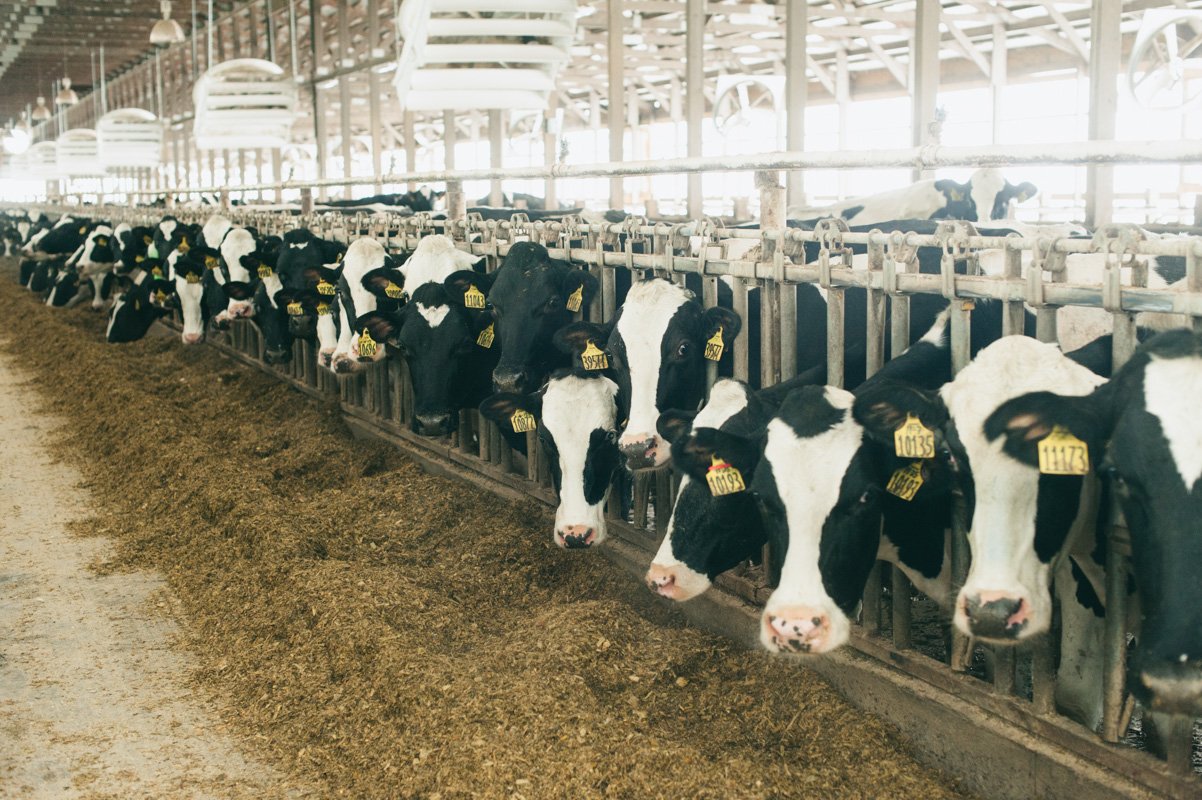Farm to Table: Milk’s Journey and Process
Farm-to-table journeys are fascinating to learn about. In honor of National Dairy Month, we dove into the farm-to-table journey of milk!
Have you ever wondered how your milk travels from a local farm to your table? What you might not know is that the gallons in your fridge came from a dairy in your local area!
To ensure your milk stays fresh, grocery stores source from local dairies. Dairies are in all 50 states, so even if there isn’t a local label on your jug, know that it came from a farm in your area!
Dairy cows are milked two or three times a day by a robotic milker in a carousel with milking stalls. To see this process in motion, check out Midwest Dairy’s virtual farm tour!
Each stall reads the cow’s tracking collar to monitor how much she produces, temperature, activity, and digestion to ensure the cow is healthy. After milking, the cow’s udder and the stall are washed to maintain cleanliness.
The milk machine automatically attaches to cows in a carousel and collects their milk. The milk then flows into super cold pipes that lead to a plate cooler, a piece of equipment that makes sure it is safe to consume. The milk cools from 101 degrees to 35 degrees!
From there, the milk goes onto an insulated tanker truck. It takes less than 10 minutes from when the cow gets milked until it is on the truck! The truck then travels to a milk processor where it is tested for safety and goes through a process called pasteurization.
Pasteurization kills pathogens with heat to ensure the milk is safe for consumption. After pasteurization, milk is packaged and sent to a grocery store near you!
So next time you pick up a gallon of milk from the grocery store, think of the local farmers that made it possible! To learn more about South Dakota dairy, check out our blog SDSU Dairy Farm Tour with Jaclynn Knutson or this video from Midwest Dairy.


